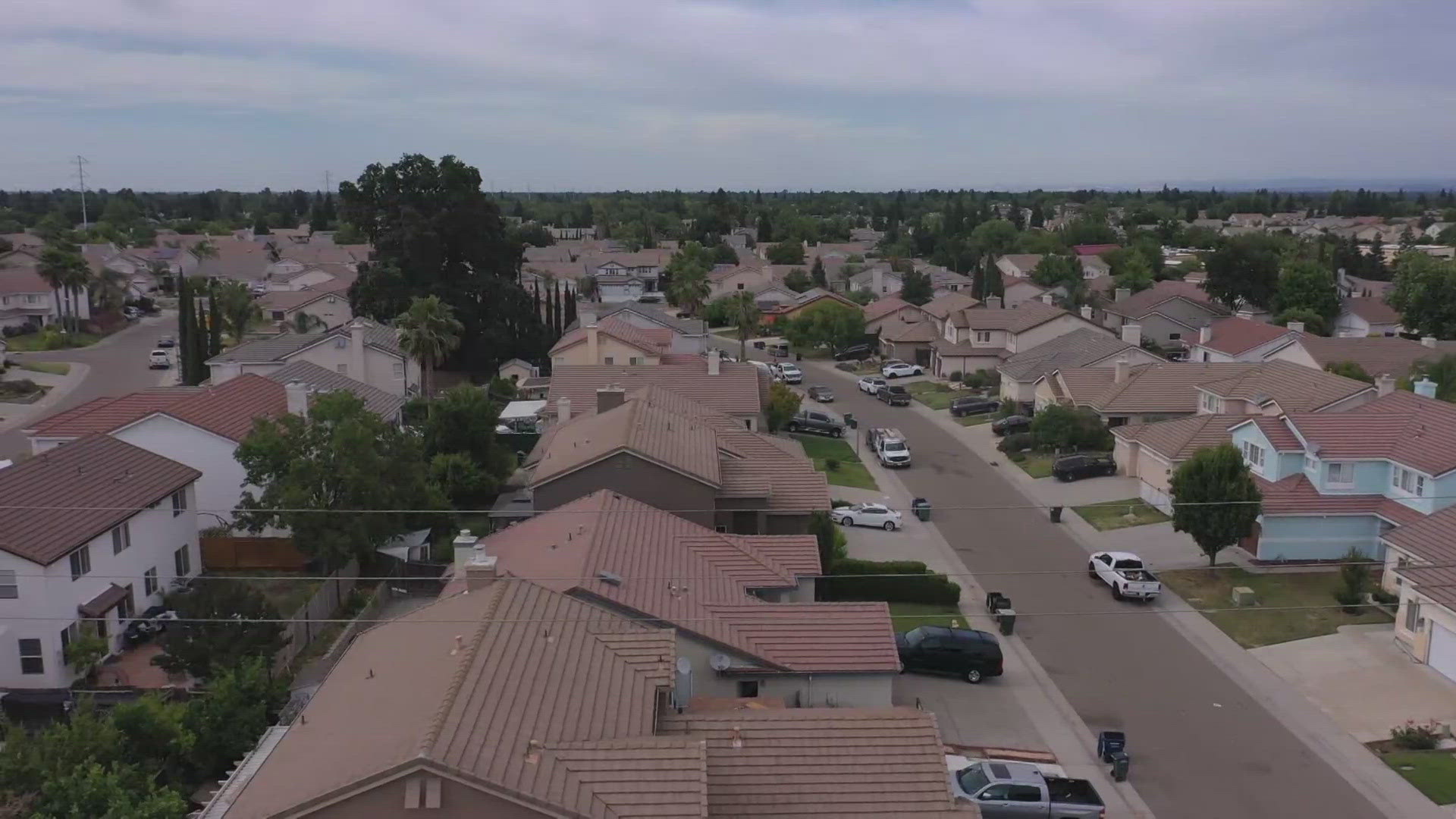President Donald Trump wants stricter rules on welfare programs.
Trump signed an executive order Tuesday aiming to add and strengthen work requirements for public assistance programs.
The news sparked a conversation on the ABC10 Facebook page. Here are a couple of comments that stood out:
We wanted to check what was behind the comments and learn more about California's welfare program, formally known as CalWORKS.
Here's what we found:
The 1996 Welfare Reform Act was in fact signed by President Clinton, bringing major reform to the country's welfare system, requiring work in exchange for time-limited assistance. It replaced the depression-era welfare system, Aid to Families with Dependent Children (AFDC) put in place by president Franklin D. Roosevelt.
CalWORKS has a lifetime maximum cap of 48 months, or four years. This means, even if a person is not receiving benefits consecutively and starts and stops periodically, the limit is a total of 48 months in no particular order.
The time limit cap doesn't apply to children under the age of 18. Eligible children have no time limit with CalWORKS even if an adult in their household has exhausted their limit.
However, there are time limit exemptions and extensions which apply to eligible adults who are: 60 years or older, disabled, a victim of domestic abuse, caring for an ill or incapacitated person living in their home or caring a child of the court or at risk of foster care.
To qualify for CalWORKS you must participate in the Welfare-to-Work (WTW) program in order to receive aid. CalWORKS is available to help families become independent and provides education, employment and training programs to assist in the next move forward. An adult receiving aid is required to participate in WTW activities, which include unsubsidized and subsidized employment, self-employment, work study, on-the-job training, domestic abuse services, substance abuse treatment, vocational or adult basic education, and community service.
A person must participate in WTW activities for 30 hours a week a month or 20 hours a week each month if they have a child under the age of six.
Just as with the time limit, CalWORKS allows exemptions to the WTW program. Reasons for exemption include a doctor excused pregnancy, being 60 years of age or older and having to care for an infant or child of the state.
A parent can receive an infant exemption from WTW only one time in a lifetime although some counties may allow an exemption for a second child.
President Trump isn't creating a new welfare system framework but is likely going to add and redefine program requirements set in 1996. It still isn't clear which programs he wants to set tougher rules for. Other state programs include CalFRESH, which is California's food assistance program, and housing assistance.
In conclusion:
ABC10 can verify, yes-- California already has a work program and time limit cap on welfare. A big thanks to Becky and Victoria for adding to the conversation on Facebook.
VERIFY: Sources
Michael Weston, Deputy Director of Public Affairs and Outreach Programs for the California Department of Social Services
VERIFY: Resources
READ: California Department of Social Services website
READ: The Personal Responsibility and Work Opportunity Reconciliation Act of 1996, known as the 1996 Welfare Reform Law.
READ: Disability Benefits 101 website



